Boskapen var en mycket viktig del av den fornskandinaviska kulturen. Ordet ‘nötkreatur’ där ‘nöt’ på ursprunglig fornsvenska betyder egendom. Kor har haft en sådan stor betydelse för oss genom tidsåldrarna att det kollektiva ordet för dem var synonymt med de saker man ägde av särskild betydelse och värde.
Detta ledde med stor sannolikhet till att Futharken (runalfabetets) första runa i runraden (efter dess första sex tecken), är just Fä (Fehu). Den äldre futharken har 24 runor och den yngre futharken har 16 runor. Fä finns än idag i framförallt ordet fäbod – precis som nöt betyder fä, utöver boskapen, även egendom.
Germaner och Européer i allmänhet och svenskar i synnerhet, har ett genetiskt arv som gör att vi kan dricka komjölk. Något som andra folkslag har svårare för. Detta är resultatet av ett positivt urval, där människor som kunde dricka komjölk med dess höga innehåll av D-vitamin, hade lättare att överleva i det kalla och mörka nordiska klimatet i Skandinavien om vinterhalvåren. D-vitamin är nämligen inte lika lättillgängligt från solen här som i andra delar av världen. Komjölken var också en mycket viktig källa till kalorier under tider av svält.
🇬🇧
The cattle were a very important part of the ancient Scandinavian culture. The word ‘nötkreatur’ (cattle) where ‘nöt’ in the original Old Swedish means property. Cows have been of such great importance to us throughout the ages, that the collective word for them was synonymous with the things one owned of big importance and value.
This most likely led to the fact that the first rune of the Futhark (runic alphabet) in the runic row (after it’s first six characters) is exactly Fä (Fehu). The older futhark has 24 runes and the younger futhark has 16 runes. Fä is still found today above all in the Swedish word fäbod – just as ‘fä’ means, in addition to cattle, also property.
Germans and Europeans in general and Swedes in particular, have a genetic heritage that allows us to drink raw milk from the cows. Something that other peoples can’t. This is the result of positive selection, where people who could drink cow’s milk with its high content of vitamin D, had an easier time surviving in the cold and dark Nordic climate of Scandinavia during the winter months. Vitamin D is not as readily available from the sun here as in other parts of the world. Cow’s milk was also a very important source of calories during times of famine.

